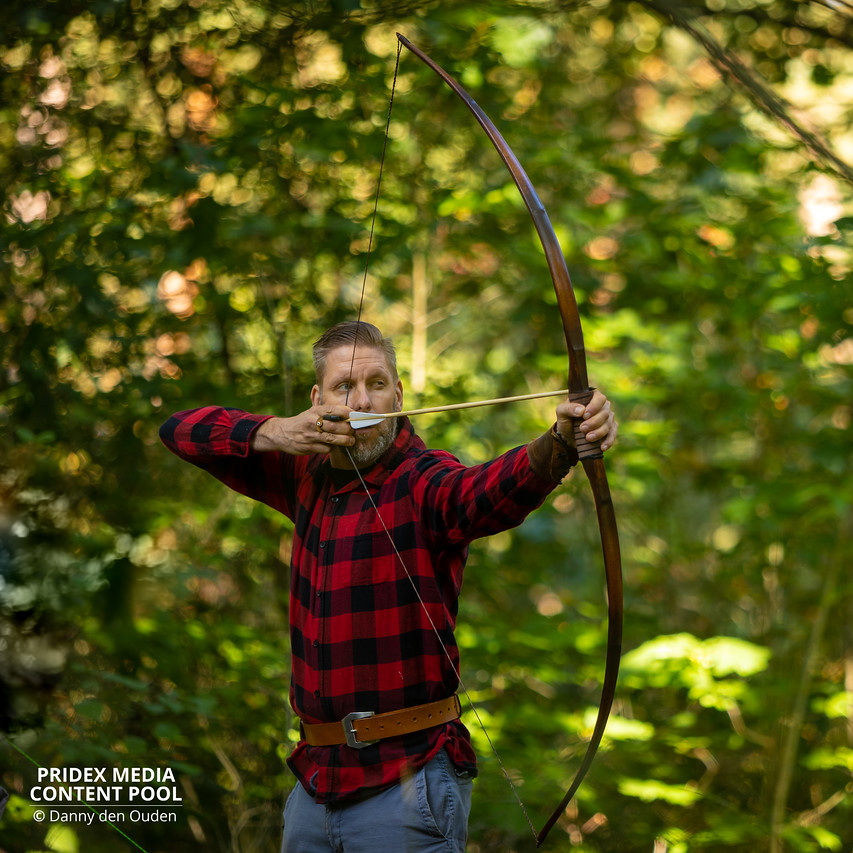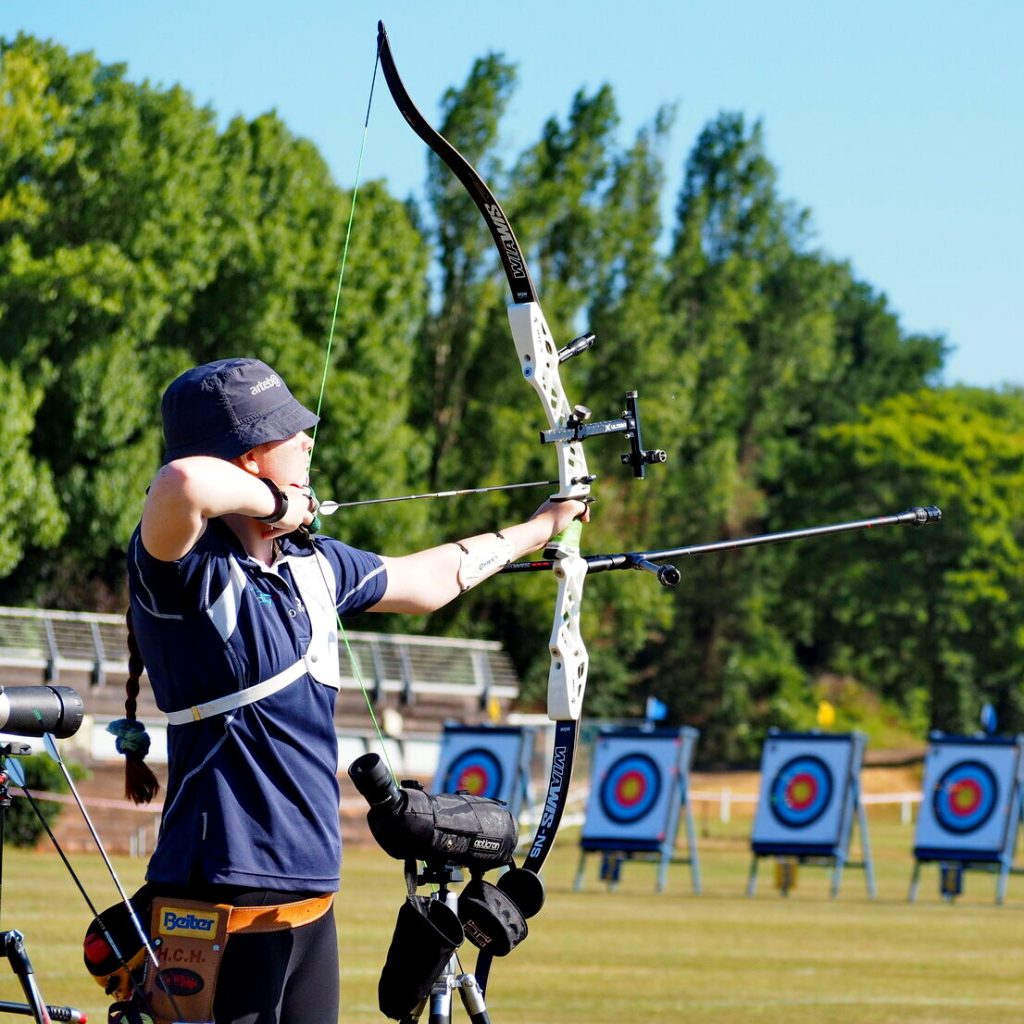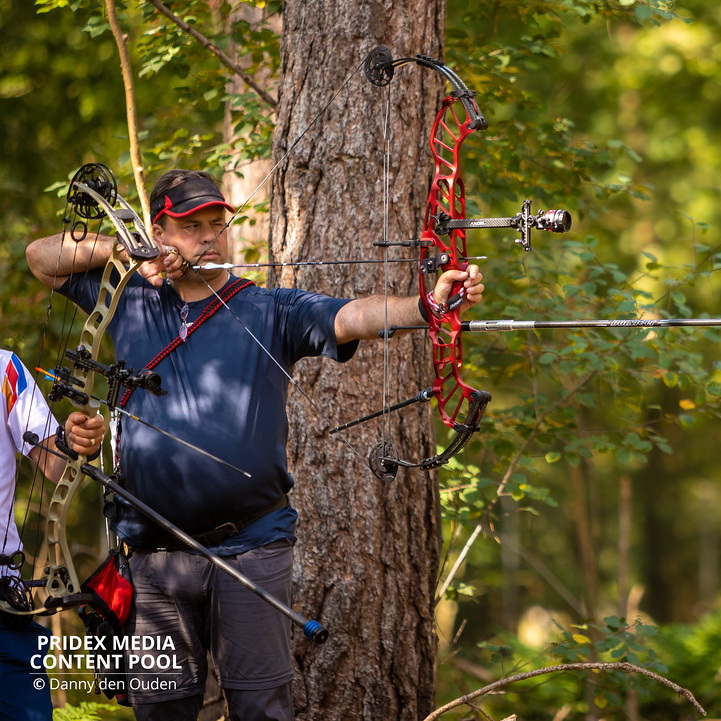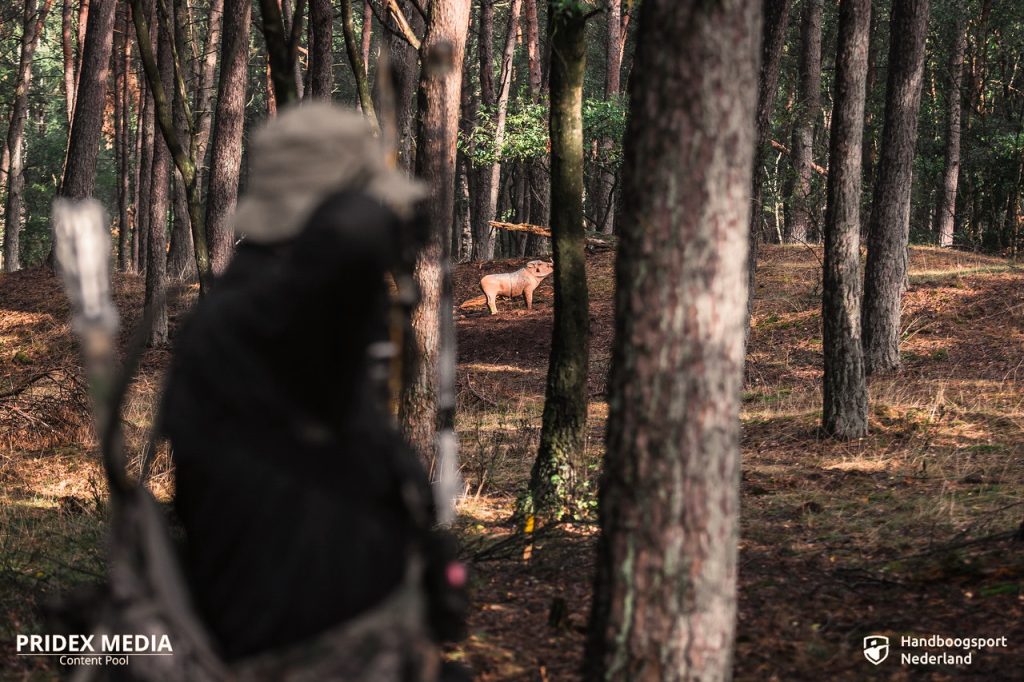From Weapon to Sport
Archery has transitioned from a tool for hunting and war to a popular sport that blends skill, concentration, and social interaction.
An Old Practice, a Young Sport
In prehistoric times, humans invented the first bow and arrow. Initially a survival tool, archery transformed into a fashionable sport among European nobility in the 18th and 19th centuries. Today, it’s a sport that blends precision and concentration with social enjoyment.
What started as a survival skill has evolved into a serious sport, maintaining the social camaraderie that accompanies it. Archery now combines the need for accuracy and focus with the pleasure of being part of a community.
Not all bows are created equal: Bow classes
Traditional
The most pure form of archery is often called “instinctive” because it relies on feeling rather than aiming.
Traditional bows are made from natural materials like wood, bamboo, or horn.
Arrows for this class must be made of wood and stabilized with natural feathers (fletched).
For safety, the bowstring and arrow nocks are typically made from synthetic materials.


Bare bow
Slightly more modern is shooting with the Bare bow.
Bare bow archery is a style that uses a recurve (or even compound bow) without a sight and with minimal stabilization.
Because modern bows are much more powerful than traditional ones, it is unsafe to use wooden arrows. Instead, arrows made from aluminum, carbon fiber, or composite materials (aluminum + carbon) are used.
Olympic recurve
As seen on TV! Olympic Recurve is the style used in the Olympic Games.
This type of archery allows extensive stabilization, damping, and the use of a sight as an aiming aid. A draw length clicker is often used.
Similar to bare bow, all types of arrows except wooden ones can be used with the Olympic recurve.


Compound
The most modern form of archery, akin to Formula 1 in the archery world. The compound bow uses a leverage system to reduce draw weight by 65-75% when aiming, allowing for much higher peak weights than traditional or recurve bows.
Stabilization, damping, and a sight (including magnifying sights) are allowed, as well as a mechanical release.
Especially here, only modern arrows can withstand the explosive power of the compound bow.
Competition
In addition to relaxing recreational shooting, archery offers the chance to compete.
Various types of competitions, known as disciplines, are available. If you want to test your archery skills at a more serious level, you can engage in these diverse competition formats!
Indoor
Nevermind the rain, wind or cold! Indoor archery allows for full focus on the shot without the distraction of cold, rain, or wind. With all competitors aligned, you’re fully immersed in the competition.
Most indoor competitions are shot at 18 meters, although some are at 25 meters.


Outdoor
This is some long range shooting! Outdoor archery is shot at distances between 30 and 90 meters! Various competition formats exist, such as FITA, Short Metrics, and 900 rounds.
In a World Archery FITA round, 144 arrows are shot over four distances (90, 70, 50, and 30 meters for men and 70, 60, 50, and 30 meters for women).
Field
Field archery presents a real challenge with 24 targets of varying types and distances, some known and some unknown. Shooters encounter a range of conditions, including changes from light to dark, dark to light, and shooting uphill or downhill. This variety makes field archery a comprehensive test of skill.


3D
For the most realistic bowhunting experience, try a 3D competition. You’ll shoot at rubber targets shaped and painted like wild animals.
All targets are at unknown distances, requiring you to estimate your bow settings. Can you hit your target with just one arrow?

